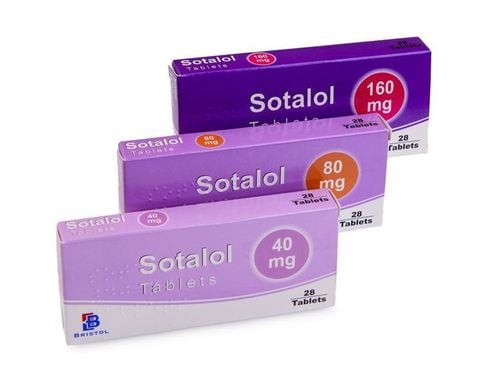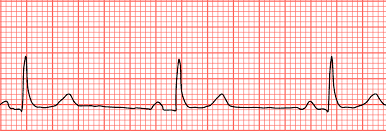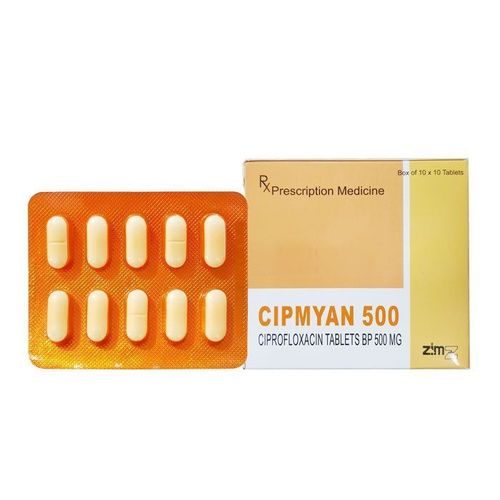This is an automatically translated article.
Normally, the body's heart rate fluctuates between 60 and 100 beats/minute. Bradycardia is when the heart beats less than 60 beats per minute. Bradycardia can be a serious health problem if the heart doesn't pump enough oxygen-rich blood to the body.
1. Symptoms of bradycardia
In people with bradycardia , the brain and other organs may not get enough oxygen, which in turn causes the following symptoms:
Pre fainting or fainting Dizziness or lightheadedness Tiredness Shortness of breath Chest pain Confusion confusion or memory problems Easily fatigued with physical activity
2. Is slow heart rate dangerous?
When bradycardia is normal: For most young people, highly trained athletes, and those who exercise regularly, a heart rate below 60 is normal and healthy. For these subjects, bradycardia is not considered a health problem.
However, if our body shows symptoms but ignores them, it can sometimes cause more serious problems.
If your heart rate drops in your 30s, the body may not get enough oxygen to the brain, causing typical signs like fainting, lightheadedness, and shortness of breath. Blood can also pool in the heart chambers, causing congestive heart failure.
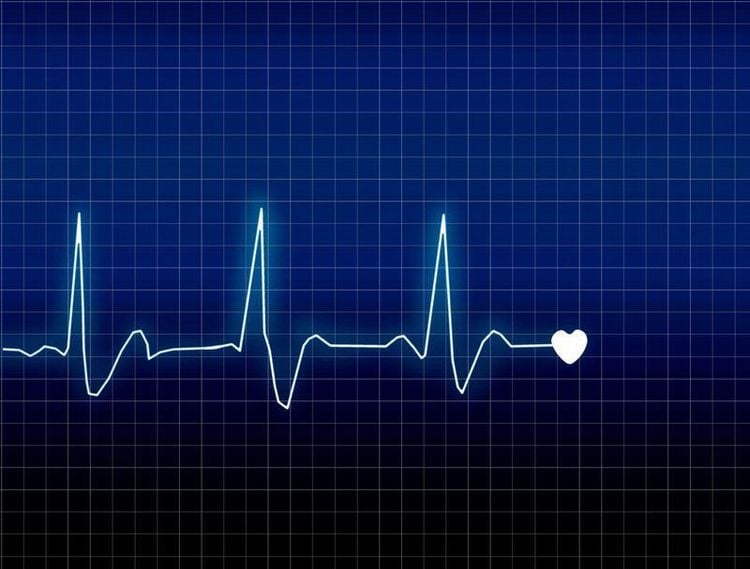
Nhịp tim chậm đối với người trẻ và vận động viên là điều bình thường
3. Causes of slow heart rate
Bradycardia can be caused by:
Damage to heart tissue due to aging Injury to heart tissue from heart disease or a heart attack Congenital heart defects Heart tissue infection ( myocarditis ) A complication of heart surgery Underactive thyroid (hypothyroidism) Blood biochemical imbalances, such as potassium or calcium Obstructive sleep apnea (repetitive apnea during sleep) Inflammatory diseases, such as rheumatic fever or systemic lupus erythematosus Drugs, including some medicines for unstable heart rhythms (arrhythmias), high blood pressure, and psychiatric disorders. Heart's electrical impulse
The heart consists of four chambers - two upper (atria) and two lower (ventricles). A natural pacemaker (sinus node), located in the right atrium, normally controls your heartbeat by generating electrical impulses that start each heartbeat.
These electrical impulses travel through the atria, causing them to contract and pump blood into the ventricles. These impulses then reach a cluster of cells called the atrioventricular (AV) node.
The atrioventricular node transmits signals to a collection of cells called the bundle of His. These cells transmit signals down to the left branch serving the left ventricle and the right branch serving the right ventricle, causing the ventricle to contract and pump blood - the right ventricle sends oxygen-poor blood to the lungs and the left ventricle sends abundant blood oxygen for the body.
Bradycardia occurs when the electrical impulse signal slows down or is blocked.
Sinus node problems
Bradycardia often begins in the sinus node. Bradycardia can occur due to sinus node causes such as:
Sinus node discharges electrical impulses slower than normal Sinus node pauses or does not discharge at a normal rate Sinus node discharges a blocked electrical impulse before causing the heart to atrial contraction In some people, problems with the sinus node lead to alternating slow and fast heartbeats (tachycardia-bradycardia syndrome).
Heart block ( atrioventricular block )
Bradycardia can also occur because electrical signals transmitted through the atria are not transmitted to the ventricles (heart block or atrioventricular block).
Atrioventricular block is classified based on the extent to which signals from the atria reach the main pumping chambers of the heart (ventricles).
First degree atrioventricular block: In its mildest form, all electrical signals go from the atria to the ventricles, but the signals are slowed down. First-degree heart block rarely causes symptoms and usually does not require treatment if there are no other abnormalities in electrical impulse conduction. Second degree atrioventricular block: Not all electrical signals reach the ventricles. Some beats are "dropped", resulting in slower and sometimes irregular electrical pulses. Third degree atrioventricular block (complete atrioventricular block): There is no electrical impulse from the atria to the ventricles. When this happens, a natural pacemaker takes over, but this results in slow electrical impulses and sometimes an inability to control the beating of the ventricles.
4. Risk factors
Age
Age is the main risk factor for bradycardia. Heart problems, often related to a slow heart rate, are more common in older adults.
Risk factors associated with cardiovascular disease
Bradycardia is often associated with damage to heart tissue from certain cardiovascular conditions . Therefore, factors that increase the risk of heart disease may also increase the risk of bradycardia. Lifestyle changes or medical treatment that can reduce the risk of heart disease are related to the following:
High blood pressure Smoking Heavy alcohol use Recreational drug use Stress or anxiety
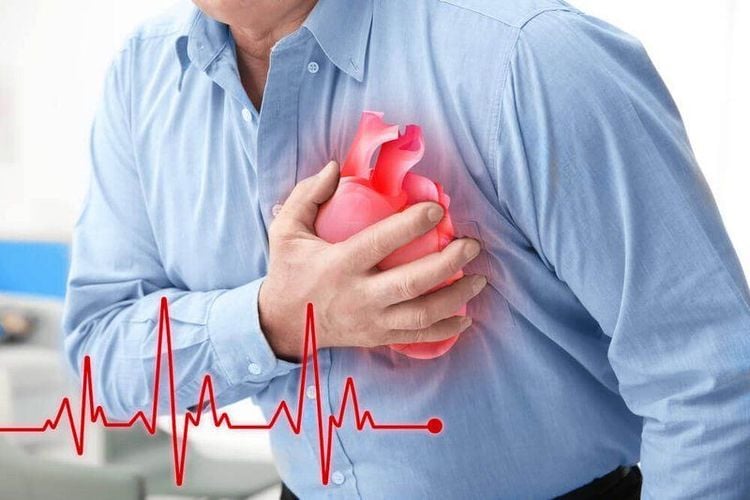
Bệnh tim mạch là yếu tố làm tăng nguy cơ nhịp tim chậm
5. Complications of bradycardia
If bradycardia is causing the symptoms mentioned above, possible complications can include:
Frequent fainting Heart inability to pump enough blood leading to heart failure Sudden cardiac arrest or sudden death
6. How to prevent bradycardia?
The most effective and optimal way to prevent bradycardia is to reduce the risk of developing heart disease. If there is a history of heart disease, the patient needs to monitor it and follow the treatment plan to reduce the risk of bradycardia.
To treat or eliminate risk factors that can lead to heart disease, we need to take the following measures:
Exercise and eat a healthy diet : Maintain a healthy lifestyle for your heart by exercising regularly and eating a healthy, low-fat, low-sugar, low-salt diet with plenty of fruits, vegetables, and whole grains. Maintain a healthy weight: Being overweight increases your risk of developing cardiovascular disease. Keep blood pressure and cholesterol levels under control: Make lifestyle changes and take medications as prescribed by your doctor to correct high blood pressure (hypertension) or high cholesterol. Stop Smoking: If you are a smoker and are unable to quit on your own, talk to your doctor for more advice or measures to help quit the habit. Drinking in moderation: For healthy adults, that means up to one drink per day for women of all ages and men 65 and older, and up to two drinks per day for for men under the age of 65. If you can't control your own alcohol use, talk to your doctor about ways to quit drinking and manage other behaviors related to alcohol abuse. Do not use psychotropic drugs. Manage stress: Avoid unnecessary stress and learn methods to reduce stress in a healthy way. Scheduled Visits: Get regular physical exams and report signs or symptoms to your doctor. Periodic health checkup is one of the ways of early recognition and prevention of disease, especially for patients with signs of cardiovascular disease, from which to have a treatment plan to achieve optimal results. Currently, Vinmec International General Hospital has general health checkup packages suitable for each age, gender and individual needs of customers with a reasonable price policy, including:
Health checkup package general Vip Special general health checkup package Standard general health checkup package Patient's examination results will be returned to your home. After receiving the results of the general health examination, if you detect diseases that require intensive examination and treatment, you can use services from other specialties right at the Hospital with quality treatment and services. outstanding customer service.
Please dial HOTLINE for more information or register for an appointment HERE. Download MyVinmec app to make appointments faster and to manage your bookings easily.
References: mayoclinic.org; health.clevelandclinic.org




